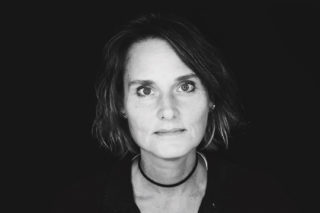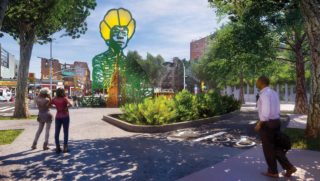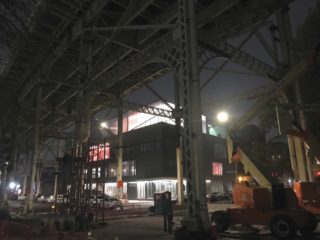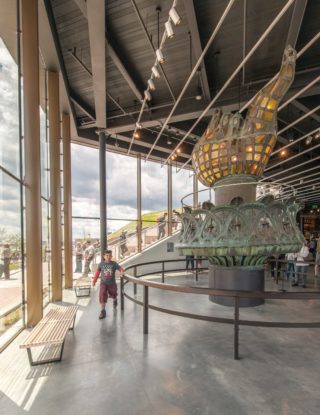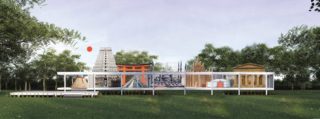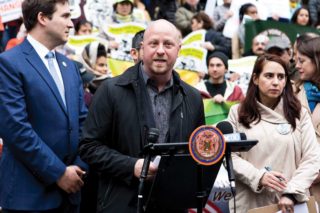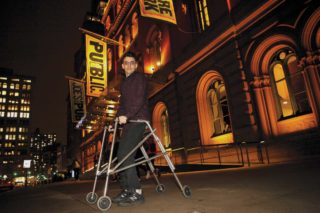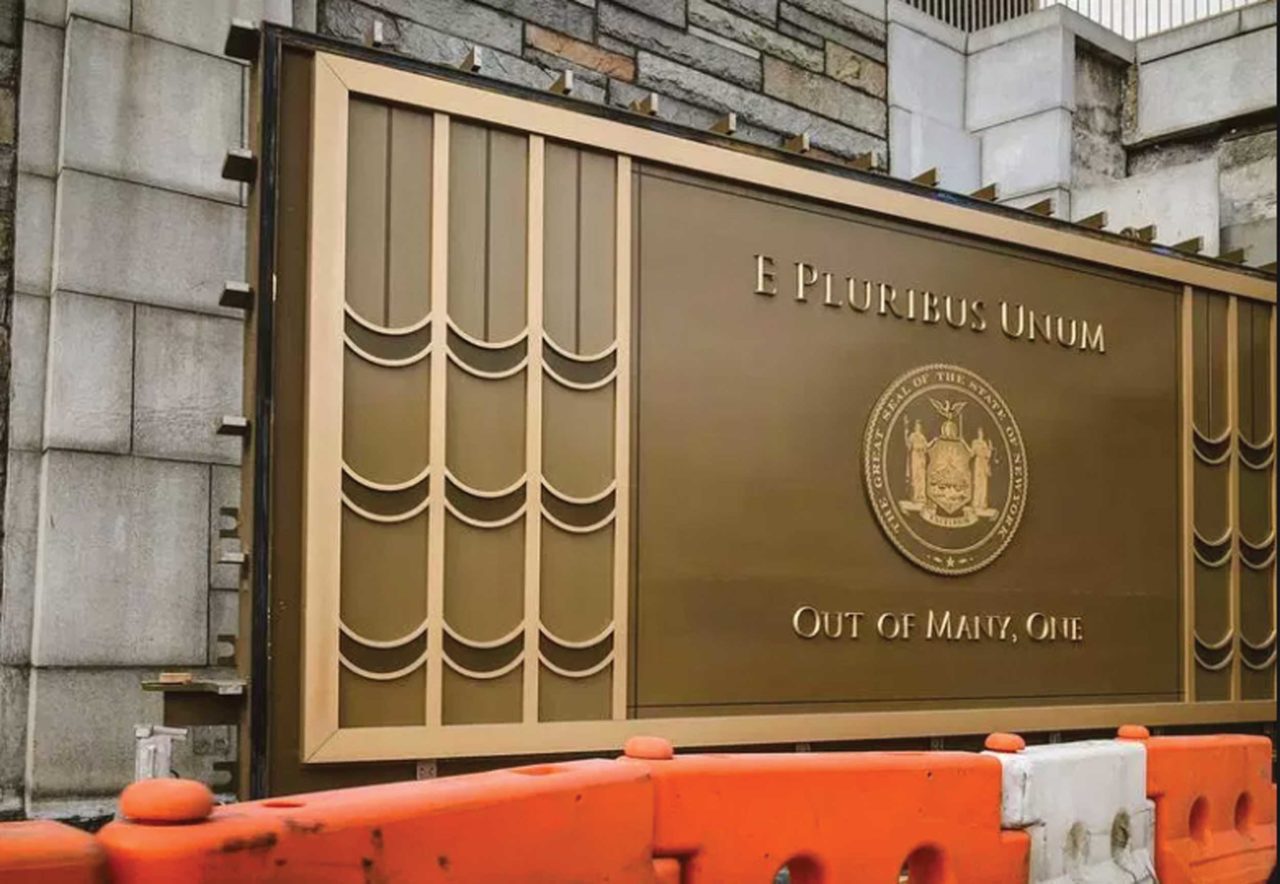
En route from Brooklyn to Manhattan this spring, I passed through massive new floodgates installed at the entrance of the Midtown Tunnel. Above the seal of New York State, the gates bear the outsize inscription E Pluribus Unum, borrowed from the seal of the United States. The translation is inscribed below: “Out of Many, One”
The New York State seal has its own relentlessly cheerful motto, Excelsior, “Ever Upward,” but it seems fitting that these New York City gates remind us of our country’s foundational concept: although we may come from different places and have different philosophies of life, we’re able to unite for a common purpose. We both celebrate and question this idea in our current issue on “The Inclusive City.”
It’s too easy to live in a bubble in this country. In places where public transit is lacking, going from home to work and back again by car leaves little opportunity for spontaneous encounters with fellow citizens you don’t already know. In New York, where many of us commute by subway or bus daily, we’re constantly confronted with new faces, difference, and diversity. But at the same time, we can become slaves to a routine, not taking time to consider the experiences of other New Yorkers whose paths might diverge from our own in significant ways.
Inclusion means feeling recognized and accepted, and ultimately this creates a sense of belonging. In this issue, we look at the policies and planning that help underpin a truly inclusive community and spotlight the voices of New Yorkers who may not be on our daily radar. Picking up the thread from the Winter 2019 issue (“Design for Dignity”), Stephen Zacks continues his investigation into the city’s affordable housing crisis, enumerating strategies that may help make living and working in the city viable for a broader population. Katherine Fung writes about the combination of top-down and bottom-up ideas that offer new platforms to the residents of Queens, where over 150 languages are spoken, and how these initiatives are coming to life in some of the city’s most welcoming new architecture. And writer-photographer Tom Stoelker travels to (almost) every borough to speak with a new generation bringing multicultural perspectives to established institutions and infrastructure around the city.
We zoom out to look at one of the city’s most iconic gateways, Liberty Island in New York Harbor, where FXCollaborative’s Statue of Liberty Museum opened in May. And, as this issue was going to press, one of the city’s most dazzling 20thcentury points of entry, JFK’s TWA terminal designed by Eero Saarinen, was beginning its new life as a hotel. We’ll nod to the innovative Saarinen among others in our upcoming Fall issue dedicated to “The Future of Materials.” Once again, we’re looking for member op-eds related to the issue theme. Please send your 800-word submission to editor@aiany.org by July 15.
At the end of the current issue, you’ll find op-eds by members Stephen Yablon and Emre Arolat that grapple with the ideas of multiculturalism, inclusivity, and hospitality. As Arolat points out, even the smallest gestures can make someone feel welcome or unwanted. We can all think of examples of these situations. For instance, more and more shops and restaurants around the city are going cashless, but what kind of message does that send to customers who, for whatever reason, may not have a credit or debit card? As architects and thinkers who play a key role in envisioning the future we want for our city, we must make inclusivity the starting point. We’d do well to take a close look at the spare change gathering dust on our desktops: E pluribus unum.








